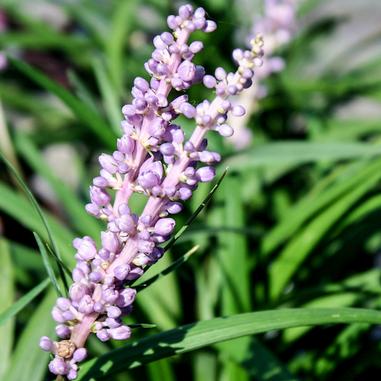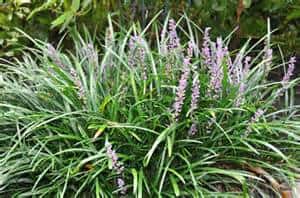Blushed and gilded, the foliage gleamed in the afternoon sun as they ruffled and quaked in the cool, September breeze. Here and there, a leaf became untethered, swirling and sailing towards the ground where it rested amongst the others, peppering the grass like colorful party favors. It was serene and lovely, and at times celebratory, until the jarring thud, crack and clatter of plunging acorns took center stage.
They littered every inch of the lawn and amassed into growing piles along the driveway and curb. Acorns, although somewhat bothersome and messy, serve an important role for both flora and fauna, and their partnership is nothing short of amazing.
Acorns are essentially the seed of the mighty oak, and its design is pure genius. The top of the acorn contains tasty and much needed lipids (i.e. fats) that animals need. The bottom of the acorn, where the seed or embryo resides, is full of tannins, which are bitter and distasteful, giving the seed a better chance of survival.
Before a squirrel begins feasting, they will shake and spin the acorn to test its quality. They are listening for the sound of tiny insects, and if heard, they tend to devour the acorn immediately. Stashing an acorn full of insects is risky business as the insects could eat the acorn from the inside out. Acorns without insects are of higher quality and are thereby buried or cached. This process gives the acorn a better chance of survival. Further still, acorns of higher quality are generally buried further away from the Oak itself while acorns of lesser quality, if not eaten right away, tend to be buried closer to the tree. This too helps increase the chances of the acorn’s germination as seeds buried directly under the parent tree would not get enough light, water or nutrients to survive.
More Oaks means more acorns, and more acorns means more squirrels and so on and so forth. The mighty Oak needs the squirrel as much as the squirrel needs the Oak. Their relationship perfectly symbiotic – a model of partnership, respect and survival. If you have Oaks in your yard, and they’re producing acorns this year, contact Sweeney’s to schedule your fall clean up. Eventually, their spoils will need to be removed, along with all the falling leaves and other seasonal debris.
Plant of the Week
Big Blue Lilyturf
Arching grass-like foliage surrounds beautiful, spiky blue flowers that bloom July – September. Prefers sun to partial shade and moist, well-drained soil. Grows 12-18″ high and 18-24″ wide. Drought tolerant and rabbit resistant.
“The creation of a thousand forests is in one acorn.”
-Ralph Waldo Emerson
Best wishes,
Kim Sweeney


